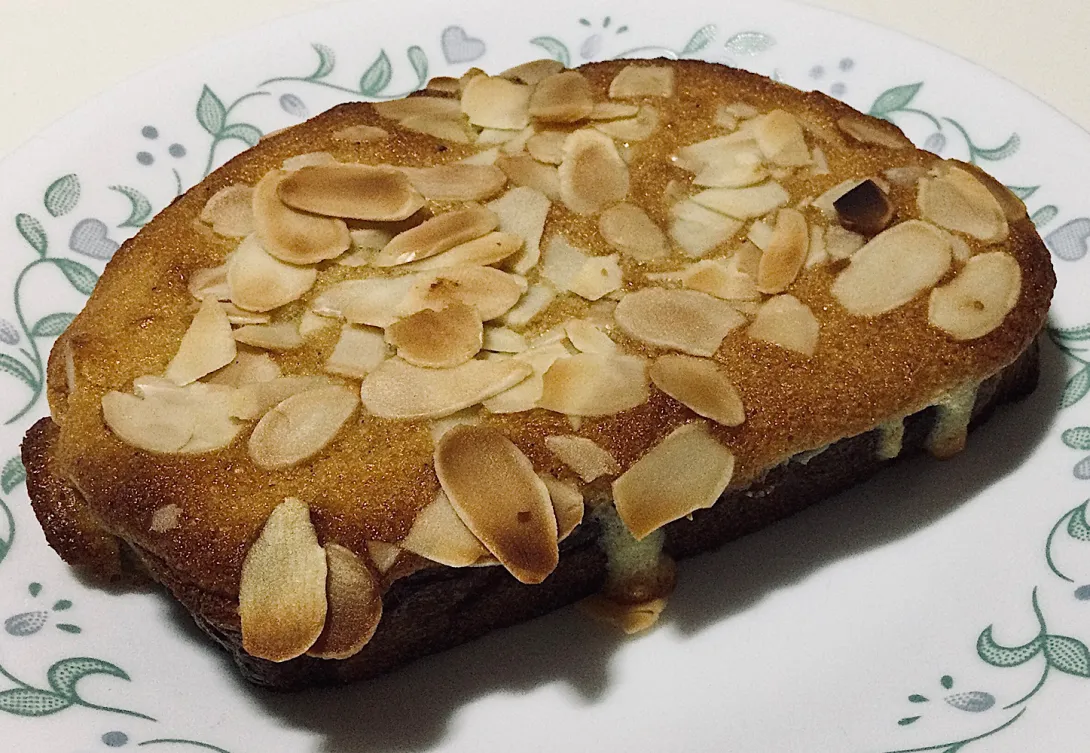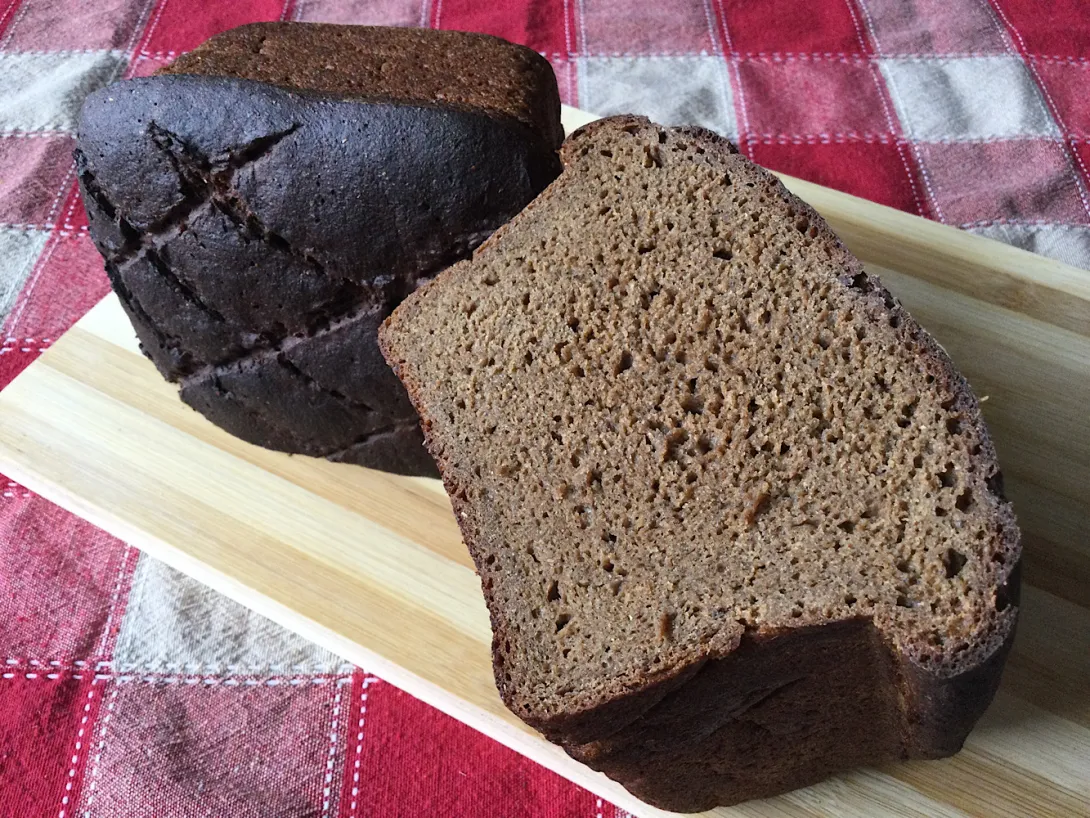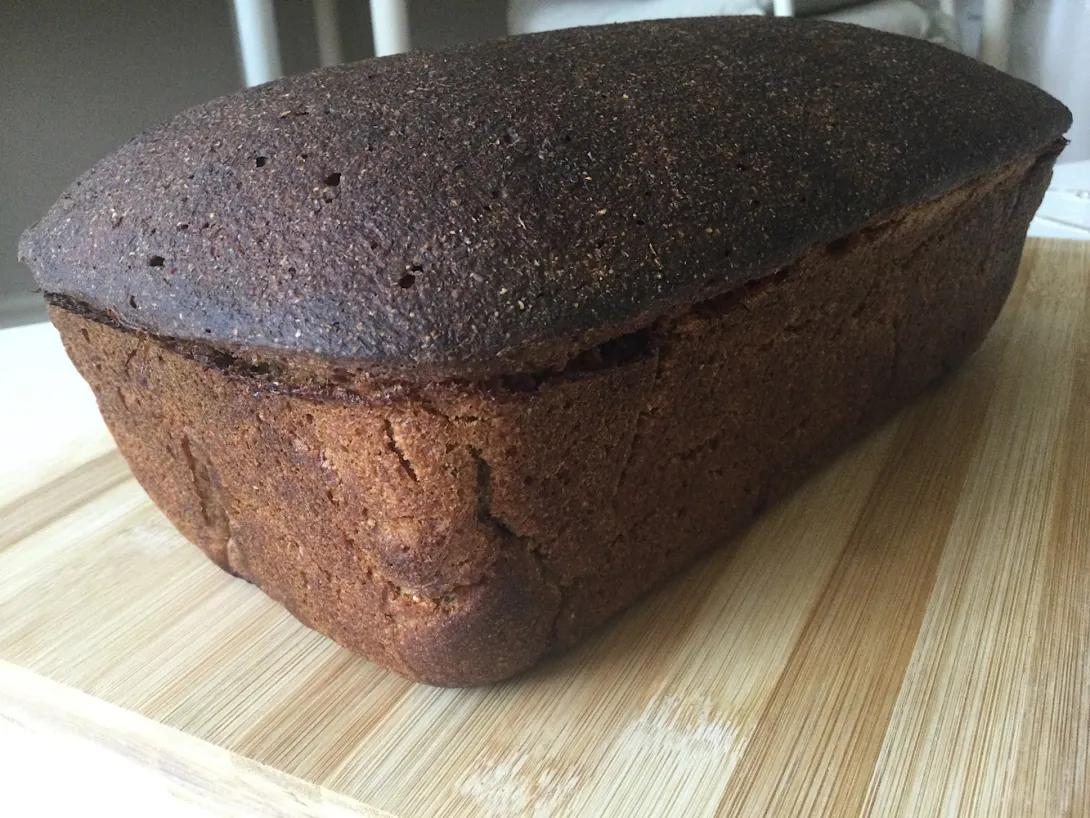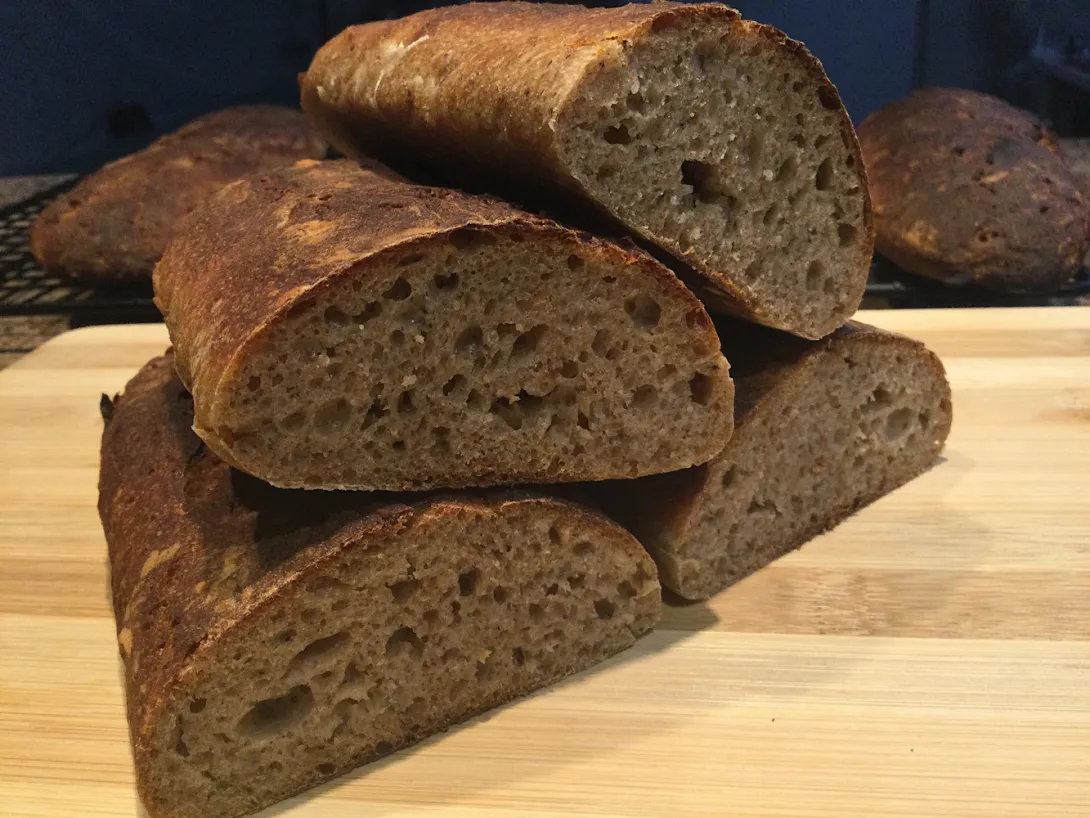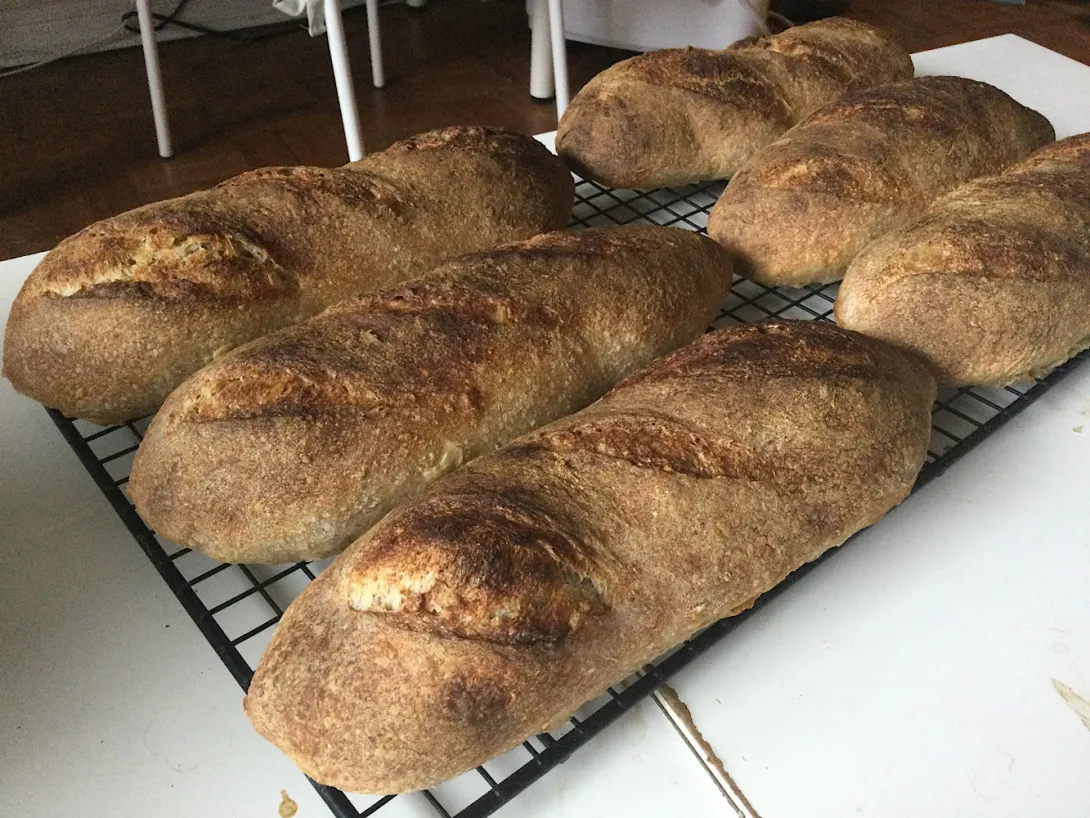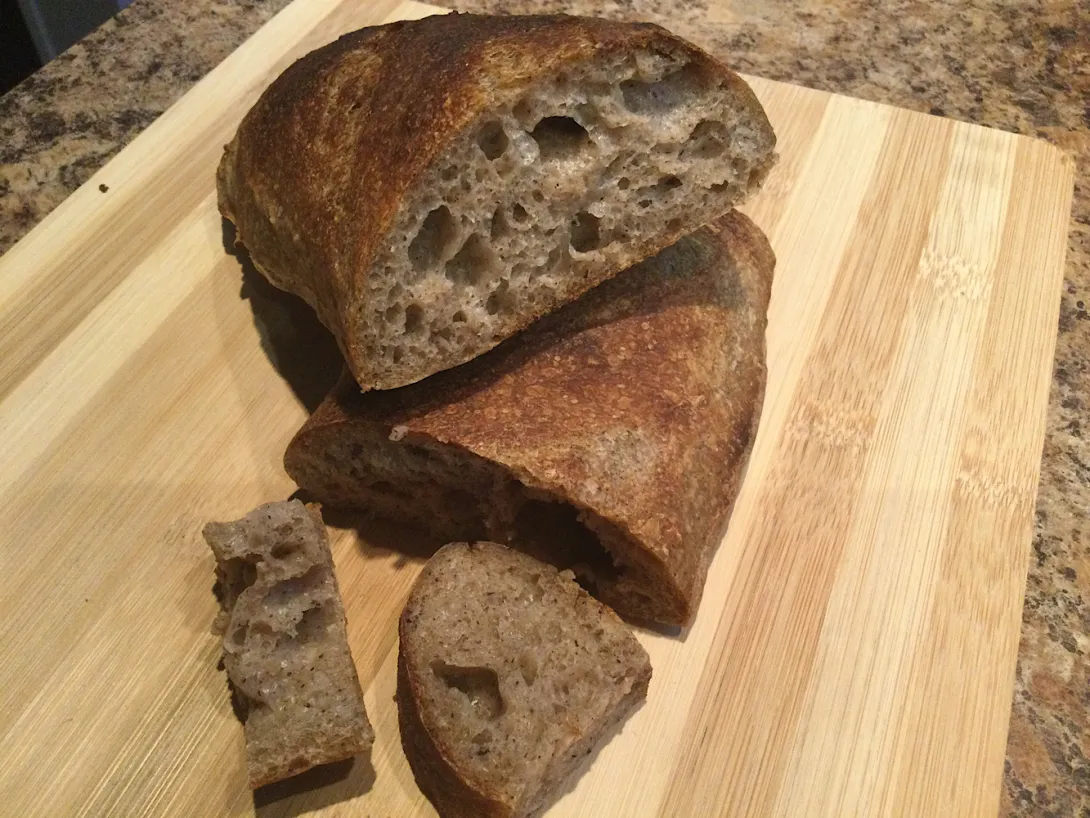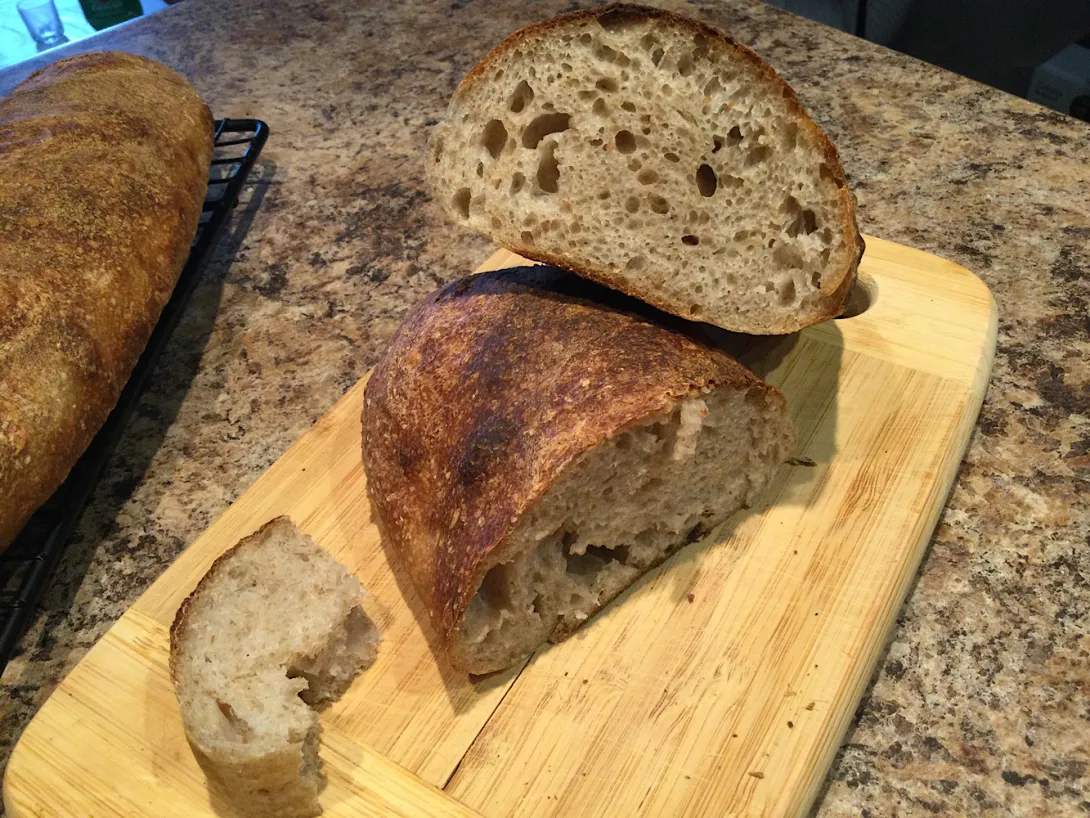Buckwheat Borodinsky w Black Sesame and Solod
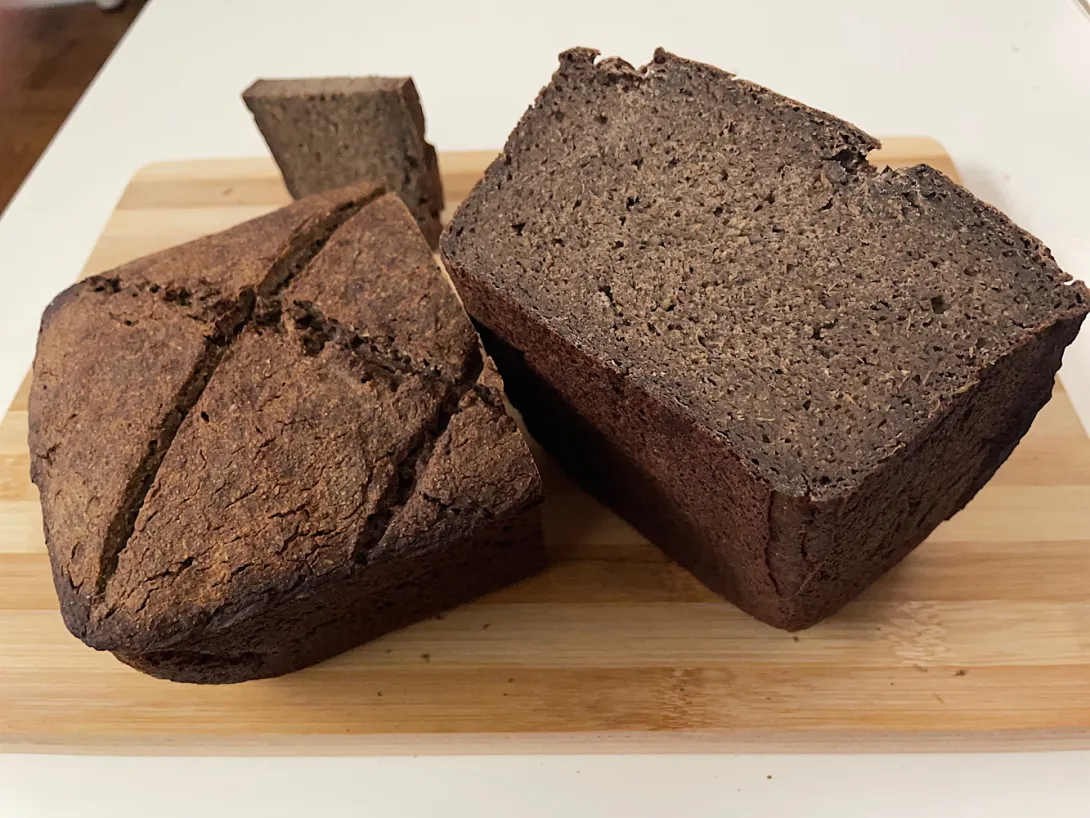
Inspiration for A 100% Buckwheat Borodinsky
Dark buckwheat and dark rye are easy for some of us to confuse in a bulk food store particularly when we're masked up and only half paying attention. So what happens when you load up on dark buckwheat in your basket and then realize what you've done? They share some characteristics such as low usable gluten and gellability using scalds. So, why not try using buckwheat in some rye recipes? Since my mind is always playing around with things to see what happens, this seemed like a fun little adventure.
